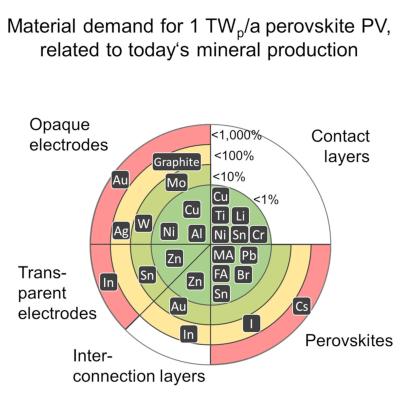SoFab Inks unveils new high-performance, low-cost ETL for perovskite solar cells
SoFab Inks, a supplier of specialty materials used in perovskite manufacturing, has introduced a new high-performance, low-cost electron transport layer (ETL), designed to enhance the durability and manufacturability of perovskite solar cells.
SoFab's new product is a functionalized nanoparticle ink that can be tuned with a dopant. This innovative ETL offers a range of benefits, including low-temperature solution processability, excellent photostability, high chemical stability, robust electron conductivity, good optical transparency, wide band gap, and favorable alignment with perovskites.
SoFab's team has reported a PCE of over 20% in an inverted perovskite solar cell architecture made with a plastic substrate. The Company anticipates that its patented ETL could serve as a viable substitute for the commonly employed C60, an expensive organic ETL notorious for delamination issues and Voc pinning.






